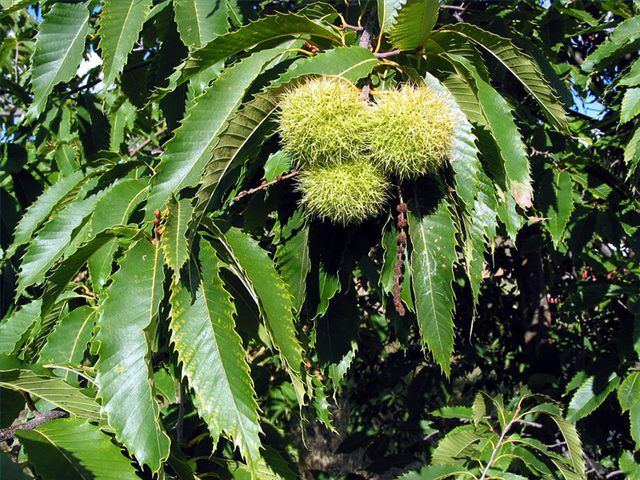Bulbs
Flower Basics
Flower Beds & Specialty Gardens
Flower Garden
Garden Furniture
Garden Gnomes
Garden Seeds
Garden Sheds
Garden Statues
Garden Tools & Supplies
Gardening Basics
Green & Organic
Groundcovers & Vines
Growing Annuals
Growing Basil
Growing Beans
Growing Berries
Growing Blueberries
Growing Cactus
Growing Corn
Growing Cotton
Growing Edibles
Growing Flowers
Growing Garlic
Growing Grapes
Growing Grass
Growing Herbs
Growing Jasmine
Growing Mint
Growing Mushrooms
Orchids
Growing Peanuts
Growing Perennials
Growing Plants
Growing Rosemary
Growing Roses
Growing Strawberries
Growing Sunflowers
Growing Thyme
Growing Tomatoes
Growing Tulips
Growing Vegetables
Herb Basics
Herb Garden
Indoor Growing
Landscaping Basics
Landscaping Patios
Landscaping Plants
Landscaping Shrubs
Landscaping Trees
Landscaping Walks & Pathways
Lawn Basics
Lawn Maintenance
Lawn Mowers
Lawn Ornaments
Lawn Planting
Lawn Tools
Outdoor Growing
Overall Landscape Planning
Pests, Weeds & Problems
Plant Basics
Rock Garden
Rose Garden
Shrubs
Soil
Specialty Gardens
Trees
Vegetable Garden
Yard Maintenance
How to Harvest, Store and Prepare Sweet Chestnuts
How to Harvest, Store and Prepare Sweet Chestnuts. Chestnuts are the hard nut-like fruit of the chestnut or chinquapin tree. These nuts are contained within a light brown, prickly case often referred to as a bur, which grows in clusters at the end of chestnut tree branches. In places like Italy and Spain they are eaten so commonly they are...

Chestnuts are the hard nut-like fruit of the chestnut or chinquapin tree. These nuts are contained within a light brown, prickly case often referred to as a bur, which grows in clusters at the end of chestnut tree branches. In places like Italy and Spain they are eaten so commonly they are considered a subsistence food. Sweet chestnuts, as all the European and American varieties are, are enjoyed in many traditional Christmas and holiday dishes. Surely everyone has heard of roasting chestnuts over an open fire? But there is one problem most people who want to use chestnuts don't consider: These trees drop their fruit in fall, after the snows have already begun. For some reason the extreme cold affects the chemical composition of the chestnut, making it taste extremely bitter. For that reason one must harvest Chestnuts and store them ahead of time if they are to be used in any holiday dishes. Here is a guide on how to properly harvest, store and prep chestnuts for holiday cooking.
Things You'll Need
Step ladder
Thick gardener's gloves
Oven
Baking tray
Pot of ice water
Kitchen knife
Basket or container
Begin harvesting the chestnuts a week or more prior to the first forecasted snows of the winter season. Use a stepladder to get up to the burs at the end of the chestnut tree’s branches. The burs themselves appear closed early in the fall but should have split open by now. Make sure to put on a thick pair of gloves as the spines of the burs can pierce your skin.
Lever open the cracks in the burs and slide out the chestnuts. Do not attempt to pull the burs or cut them from the tree as this will prevent the growth of more chestnuts the following year. Drop the chestnuts into a container placed on the ground to keep your hands free.
Take your container indoors once you have as many nuts as you think you will need. Prepare to shell the nuts for later use. There are actually two shells on each chestnut. The one on the exterior is thick and leathery, while the one beneath that is thin, sticking to the nut like a second skin.
Use a sharp kitchen knife to cut off both the top and bottom of each nut. Preheat your oven to 400 degrees F and place the nuts on a baking sheet. Cook them for 10 minutes.
Take the nuts out of the oven and, without giving them time to cool, quickly drop them into a bucket of cold water. The heat from the oven will have caused the nuts to expand, pushing against the skins, which, lacking moisture, do not expand on their own. By dunking them in cold water, the nuts contract, leaving the shells loose and sagging. You should be able to scrap the shells off easily with a knife.
Dry the nuts thoroughly on a cloth and then wrap them tightly in tinfoil. Store them in a cool, dry place until you need them. A basement would be ideal. Do not place them in the fridge as it will ruin their flavor and dry them out.
Tips & Warnings
Be careful when shelling chestnuts to get off all the husks. The thin, paper-like outer coating can have a powerful effect on the stomach if eaten. They are very binding.